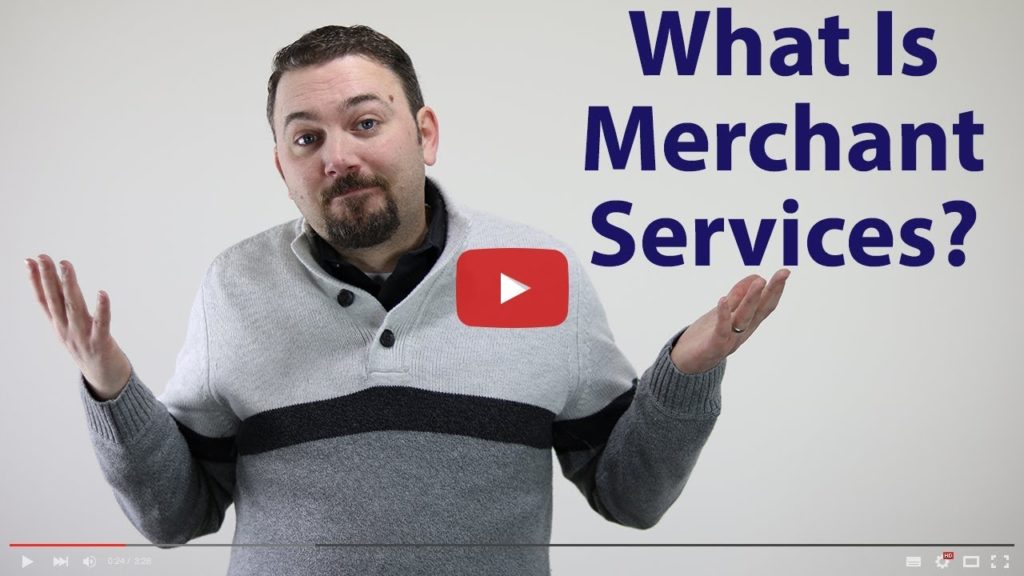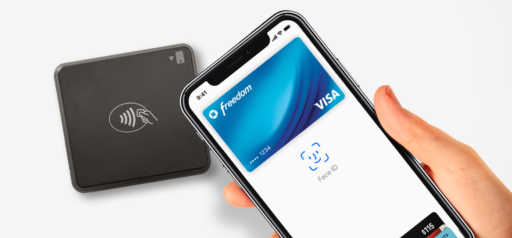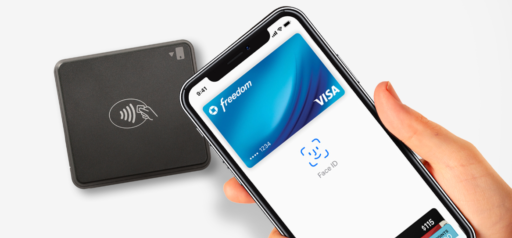What is Merchant Services? – Selling Payment Processing May 12, 2025, 2025, May and 12

May 12, 2025, 2025, May and 12
Hi, my name is James Shepherd. Today I want to talk to you about what is merchant services. We are really going to get back into kind of the basics, the nitty gritty in this particular series. Many of you that have been following my content for a long time, there are a few things that maybe are a little out-dated. I’m just going to talk to you about some of the basics.
Today we are going to answer a really simple question. What is merchant services? When we talk about merchant services, really merchant services is extremely simple at its core. The idea behind merchant services is merchant services is literally just transferring money from a customer into a merchant’s bank account. That’s it.
All merchant services is, is taking money from a customer’s wallet and putting it into a merchant’s bank account. Now a long time ago, that was really simple because the way that worked is, I pulled out my wallet.
I took out money and I handed it to them and they took that money and they drove to their bank and they deposited it in their bank account. Right? That made a lot of sense.
Checks are the same way. You write a check. You go over and you deposit it. Well, what happened a long time ago is that the way merchant services really kind of got started is that the banks realized that they had a fundamental problem. Banks were spending a huge amount of money on having tellers at the bank window.
Today if you go to your local bank, you might see one or two people there to like service people that walk in, but if you’ve ever watched an old movie and see like a bank and it’s got like this big bank of teller windows, right? You are like, what were they even doing? Their number one job as a teller was people would walk in and say, “I need this much money.” Then they would take cash and then they would put it through a little bar, you know, and they would give them their money.
People, whenever they wanted to buy something, they had to go to the bank and say, “I need this much cash.
” The bank would give them the cash. Then they would drive over and they would spend the money. The banks were the ones that really kind of started everything because they were looking at this going, “Why are we spending all this money on these tellers? Couldn’t we automate this?” Right?
So along comes the ATM machine. The ATM machine was really created to actually cut costs for the bank.
Basically, when you look at an ATM machine, you can think about the tens of thousands of bank tellers, who were laid off as a result of the ATM machine. Because that is all it was. The ATM machine was just there because they wanted to fire a bunch of tellers.
That’s really all it is. It made sense actually in this case. Hopefully those people went and got other jobs, right? It really did kind of make sense because not only was it a big expense for the bank; it was also extremely inconvenient for the customers because they’d go in and obviously, you are going to have human error. It’s going to take longer.
So there was just issues with it. Once they automated it with this ATM machine, that was great. Right? Well, what happened was then, people would go to the ATM machine and get cash out. Then they would go to Walmart or wherever to spend money.
When they would go into Walmart and spend money, retailers started to notice a different problem that they wanted to solve. The problem they wanted to solve was I was going to Walmart and I had $20 in cash because I’m picking up milk, eggs, bread, and few other grocery items. What do I see on my way back to the counter? On my way back up to the counter, guess what I see? I see a big screen TV.
I’m like, “Oh, look at that thing. Wow, it is marked down. It is only $295. I want that TV.” Can I get the TV?

No. I’ve only got $20. I want it and it is an impulse purchase. I’d like to spend that money. The retailer wants that revenue, but they can’t get it because I only have $20 in my wallet.
What happened? The retailers started looking and saying, “Wait a second.
That guy, that girl, who wants to buy that TV, they do have this ATM card in their wallet. That gives them access to all of their money. So how can we get access to all of their money, so that they can spend as much as they want in our particular store?
” What did they do? They installed ATM machines. Some of you might remember the days where you go into a store, I even remember as a little kid going into a store.
You couldn’t use a particular ATM machine because it had to be one of the ATM machines that was in your network for your ATM card. It was such a pain.
You are like, “Look, an ATM machine.” You go over and you are like, “Oh, it is $5 to get out my $20. Oh, and they don’t even take my debit card.” It was just kind of a pain. It was a little better for businesses, but still when somebody is doing an impulse purchase, they may have lost the impulse by the time they walk all the way to the front of the store to get cash out of the cash machine and then go back.
Visa comes along and Visa says, “We have a solution to this. What we are going to do instead is we are going to make a network that ties all the banks together.” By the way, way back Visa was actually owned by the bank. It was actually a network of banks, like an affiliate group of banks basically. They said, “Let’s all get together and what we are going to do is we are instead of charging the customers to do this, we are going to charge the business owners, and we are going to do an interchange fee.
We are going to tell them, ‘Hey, look, you can accept any of our cards at the point of sale right there at the register. All somebody has to do is pull their card out and swipe it and boom.
They can buy whatever they want, as long as they’ve got the money on their credit card or their check card.” The banks and Visa really got together and said, “Wait a second. This is a big opportunity we can take advantage of.
” Over time of course, Visa became its own entity. MasterCard was formed to compete with Visa. American Express, Discover, and you started to have more of these brands that are all working with these different banks to tie it all together, but the idea of merchant services is pretty simple. It’s that there is money in a bank account for the customer. Now we need to get that over to the business owner’s bank account.
Right? That’s all merchant services is. You might say, “Well, if that is what it is, how do I make any money at it? How do I actually make money selling merchant services, if all we are doing is moving money from one account to the other? How does that work?
To answer that question, you are going to have to tune in tomorrow to learn how do people make money selling merchant services.
My name is James Shepherd. Thanks for watching and listening..


